What Microsoft's ambitious plans for Azure mean to YOU
Microsoft's Azure Cloud talk seems boring and mundane, but it's actually where all of the action is.
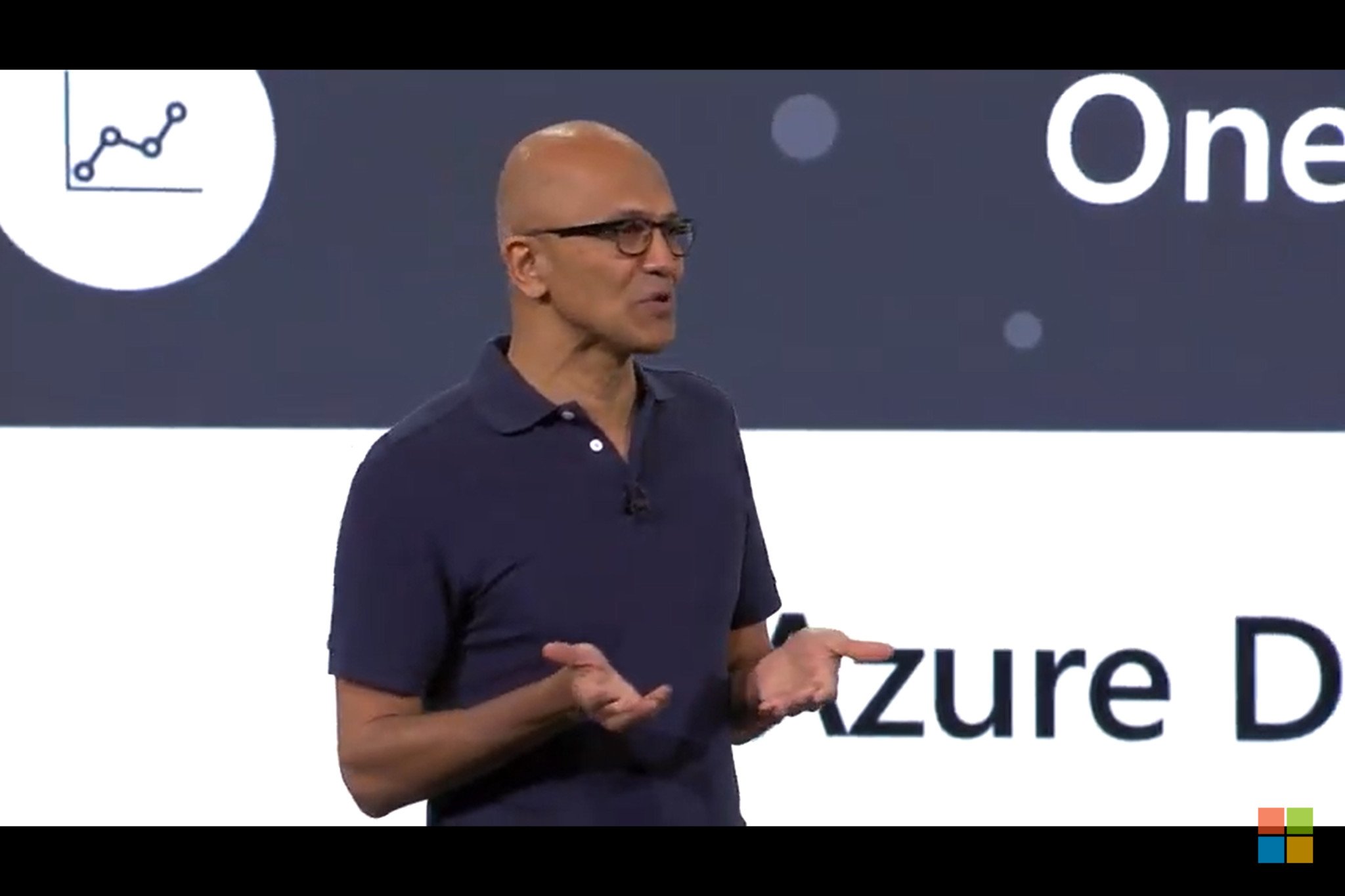
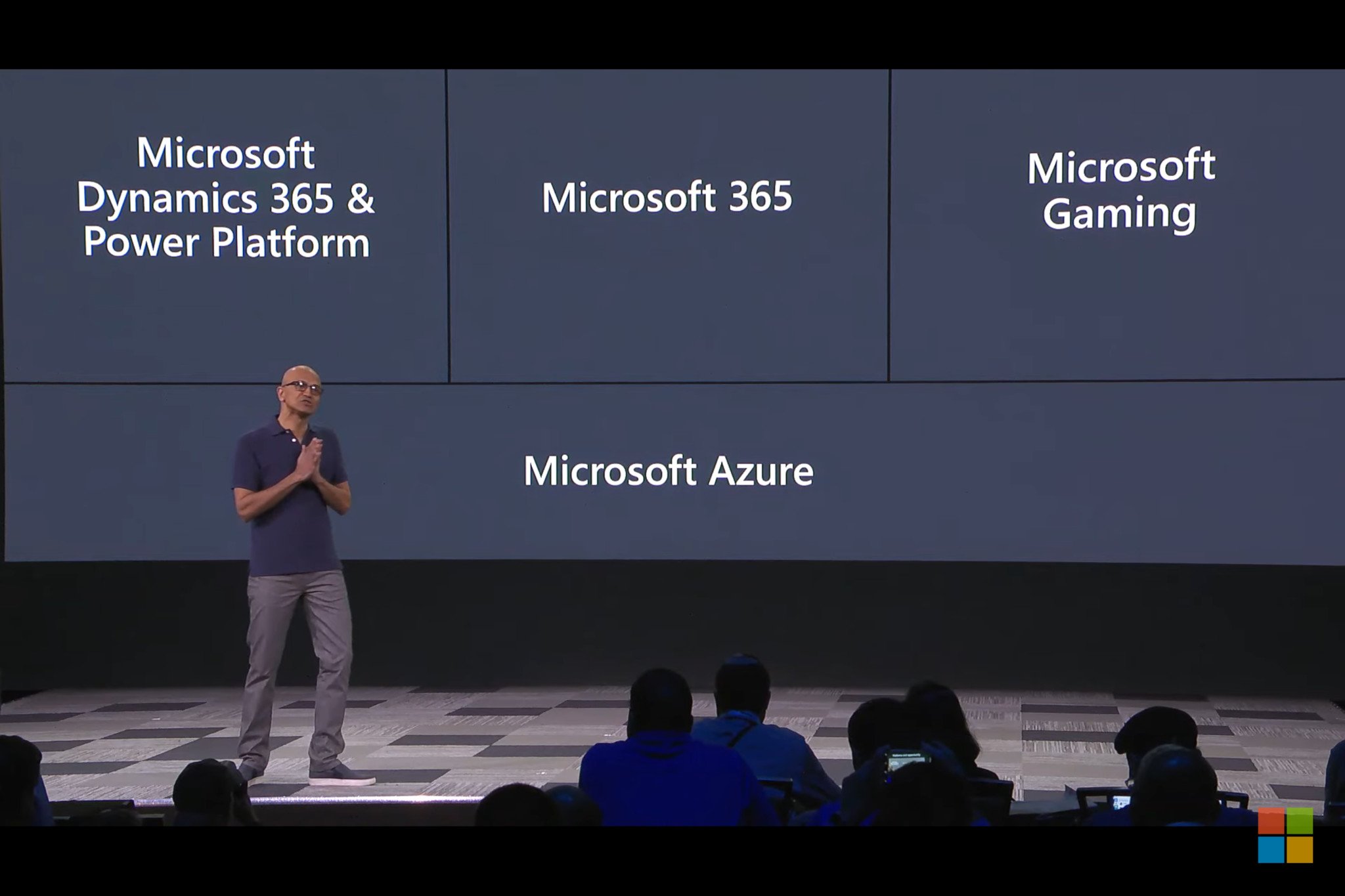
Microsoft's Azure cloud talk is boring to most phone- and gaming-obsessed tech enthusiasts. For most the cloud is that intangible thing, that does invisible stuff, that we know, like air, is important but isn't very exciting to talk about, much less read about.
But for a world that every tech enthusiast knows is heading toward an increasingly cloud-dependent future – the cloud is literally where nearly all of the action will be. It's already happening. Many people assume because of Microsoft's high-profile failure with phones (and other consumer products) that the company lacks insight. Critics often view Microsoft's cloud commitment as a narrow enterprise-focused distraction which contributed to Windows phones downfall. I agree neglecting Windows phones should not have happened, but investing in the cloud is not a mistake.
Microsoft is wise to build a scalable Azure cloud computing foundation that will touch everything and virtually everyone on the planet. Microsoft's Azure is targeting enterprise customers and employees, personal productivity for consumers, gaming, mixed reality, IoT for morning coffee, intelligent cars and much more. With a focus on four platforms: Microsoft Azure, Dynamics 365 and Power Platform, Microsoft 365 and Microsoft Gaming, Microsoft is positioning Azure as the world's computer. If you think Azure doesn't matter to you – think again.
Building the world's computer
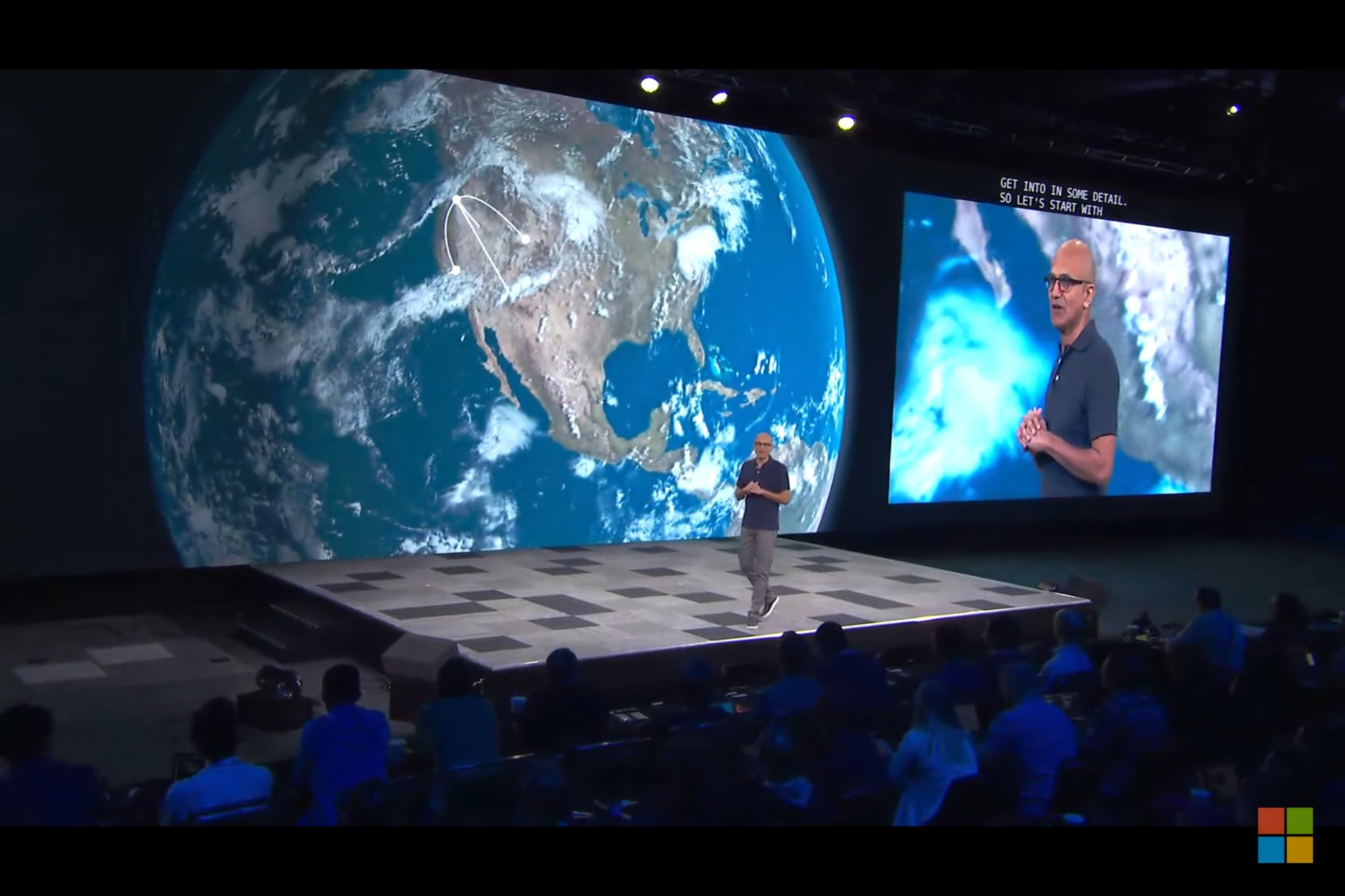
As the world's computer Microsoft wants Azure to power the runtime for the world's apps, support cross-platform computing and development and power billions of internet of things (IoT) devices connected to the intelligent edge – or the enterprise and personal devices closest to users.
Microsoft envisions Azure as a cross-platform, cross-ecosystem "super OS" that runs the world's enterprise and personal computing scenarios – much like Windows was the OS that did the same in the early days of personal computing. Before iOS, Android and Chrome Windows was the de facto platform for professional and personal computing and gaming. With the rise of the internet, mobile broadband and mobile computing, platforms are more diverse – but have a common thread – connectivity.
Mobile computing from smartphones to Always Connected PCs has made "off device" cloud computing and storage an evolving reality. That's why Microsoft is aggressively positioning Azure as the place companies, developers and individuals turn to to power, manage, secure and optimize these cloud-based experiences. This is also why Microsoft so aggressively supports 5G which is a key component of cloud and edge computing.
The cloud, coffee and fighting childhood cancer
Microsoft's CEO Satya Nadella stressed during the company's 2019 Build Developer's Conference that Azure is in over 54 regions and has over 90 compliance certifications. As an open platform Azure is a "super OS" that treats Windows, Azure, SQL, Kubernetes, Red Hat, Open Shift and more as first class "citizens." This openness allows Microsoft's partners to use tools they prefer to leverage the cloud to impact the real-world experiences of consumers and professionals.
All the latest news, reviews, and guides for Windows and Xbox diehards.
Walgreens uses Azure to support AI-powered cooler screens that provide information to shoppers. Beer Manufacturer AB InBev uses Azure to manage supply chain, track products using IoT and even employs Microsoft's Cognitive Services across social media to observe the impact of its product.
Azure is being used to fight childhood cancer.
Starbucks uses Azure in conjunction with its internal AI platform, Deep Brew, to create more intelligent customer experiences. Deep Brew uses location, weather conditions, time of day, time of year and more to give intelligent suggestions to customers. St. Jude's and DNA Nexus used Azure to create a research cloud used by multiple organizations to collaborate in a unified fight against childhood cancer.
AI, bots and BMWs
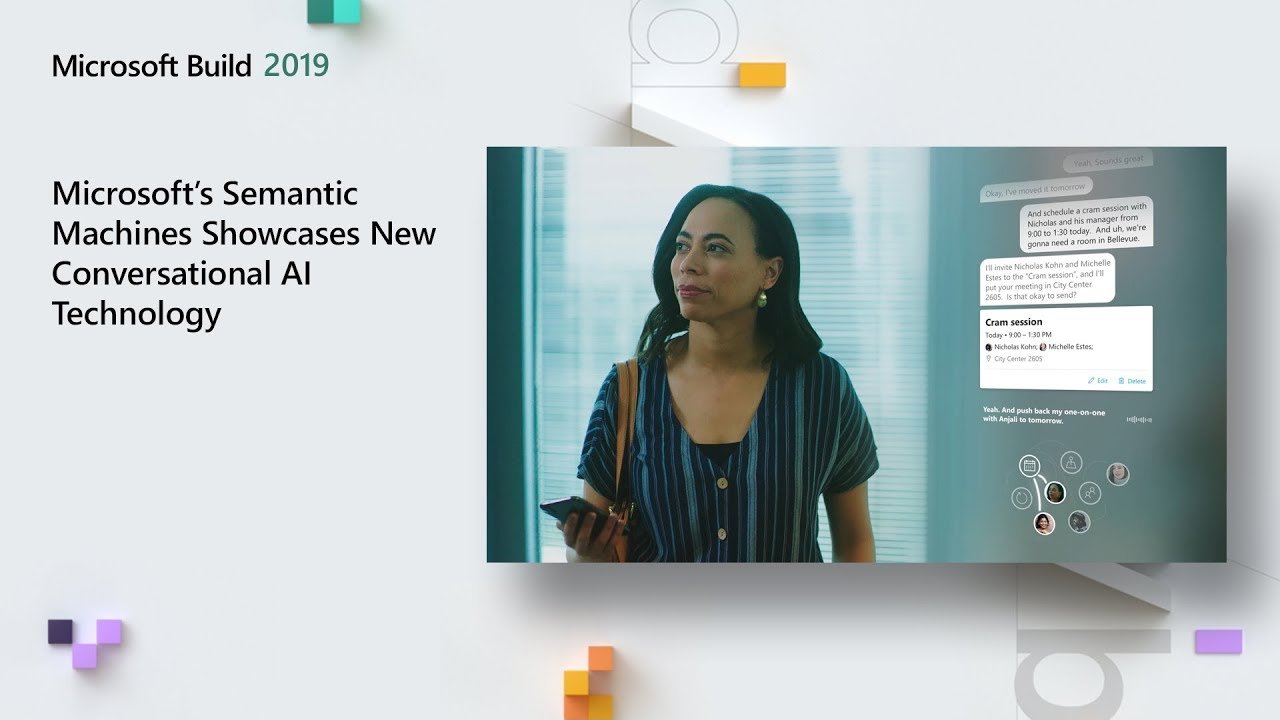
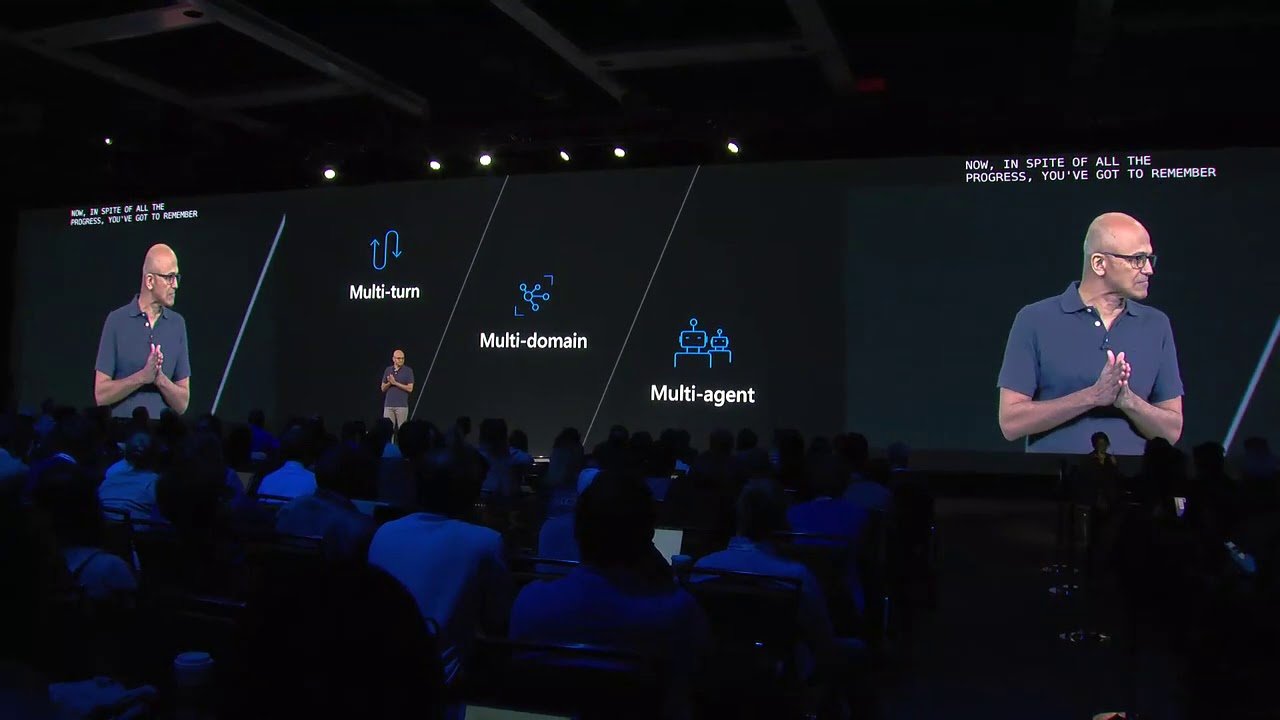
Microsoft's AI-driven, Azure-based conversations-as-a-platform strategy uses human language (text-based or spoken) as the platform AI and bots use to facilitate person-focused contextual tasks across platforms, ecosystems and devices.
Microsoft demonstrated how Cortana is a conversation interface for Microsoft 365. Using reasoning and Microsoft Graph data that "knows" about a user's relationships, data, calendar, activity and more across work and life Cortana is evolving into the professional and personal -contextual- digital assistant Microsoft has long envisioned. Cortana will be able to handle an ongoing dialogue with users, utilizing natural language with over 20 dialogue turns (Above video).
Azure also powers Microsofts Bot Framework which Microsoft claims gains 3000 new bots weekly. BMW used the Bot Framework to create the digital assistant in its vehicles. Jet uses it to for its customer service agent. Coca Cola employs it internally to create AI agents that support its IT, HR and finance departments. And Cortana, wired into Microsoft's extensibililty framework, allow skills to be written directly into Cortana.
Microsoft's positioning Cortana as an open platform, a canvas, to which developers can connect an infinite numbers of bots, across platforms that draw on user's shared data, via Microsoft 365, Microsoft Graph and more. Nadella described this as a muti-turn, multi-domain and multi-agent world.
AI, Bots and Canvases: Microsoft's AI vision
The cloud, mixed reality and gaming

As a wearable Always Connected PC HoloLens 2, as a Mixed Reality computer represents the epitome of Microsoft's edge computing vision. Microsoft see immersive computing where users can interact "naturally" with the digital world as computing future. The company also sees computing as an always connected and collaborative experience that transcends devices and platforms. Microsoft demonstrated how Azure and HoloLens 2 accomplish this.
Microsoft demonstrated how Azure and HoloLens 2 using Spatial helped Mattel and Microsoft collaborate in a mixed reality environment. Azure and Azure Spatial Anchors also enabled a person using an Android phone and a person using a PC to participate seamlessly in the experience.
PACCAR uses MR to train employees. Philips employed it in non-invasive surgeries and PTC used it in industrial design. Unreal Engine and Epic Games, with the power of streaming more data than ever, are able to create truly immersive MR gaming experiences.
Azure, Dynamics 365, Microsoft 365 and you
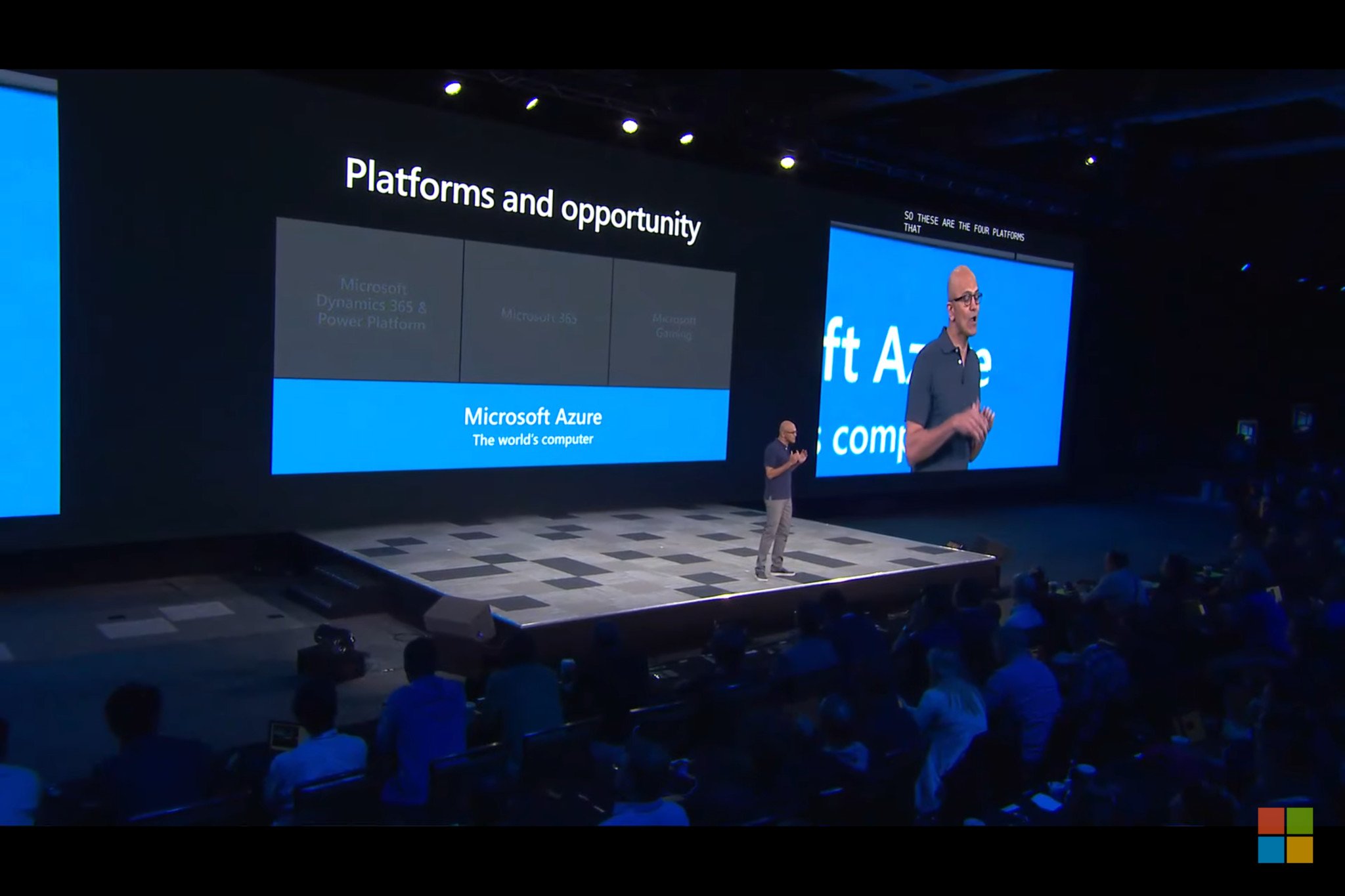
Nadella claims 90-percent of fortune 500 companies use Dynamics 365 which has been completely rewritten for the cloud with built-in AI and extensibility. Annata is using Dynamics for automotive management while Indegen is applying it toward life sciences.
Finally, Microsoft 365 represents the company's dual user or professional and personal commitment. Nadella described Microsoft 365 as the world's "productivity cloud for work and life," and the "core communication and collaboration productivity scaffolding that spans work and life." Tools like Microsoft Teams, Cortana, Office and the cross-platform unifying thread Microsoft Graph, provide of Microsoft 365 with a wholistic view of users.
If you're a gamer, professional, consumer, or you care about childhood cancer, Microsoft's Azure cloud platform impacts you in arguably exciting and meaningful ways. Simply put, the cloud is evolving into the world's computer, so most of the exciting computing you do, may soon be powered by boring exciting Azure – if it's not already.

Jason L Ward is a Former Columnist at Windows Central. He provided a unique big picture analysis of the complex world of Microsoft. Jason takes the small clues and gives you an insightful big picture perspective through storytelling that you won't find *anywhere* else. Seriously, this dude thinks outside the box. Follow him on Twitter at @JLTechWord. He's doing the "write" thing!
